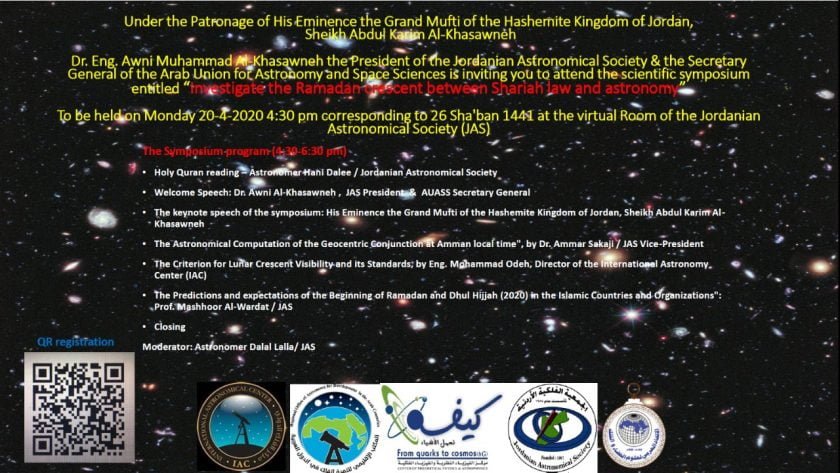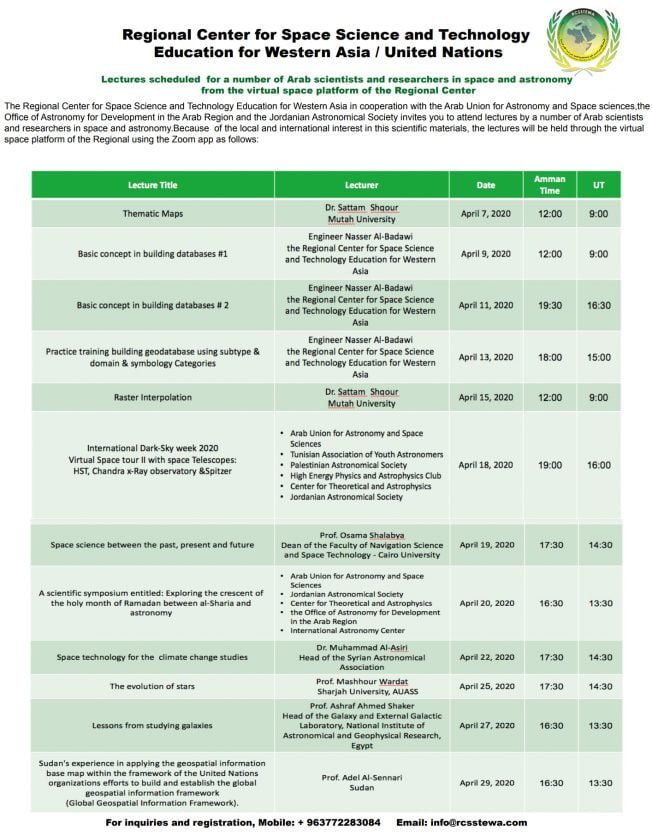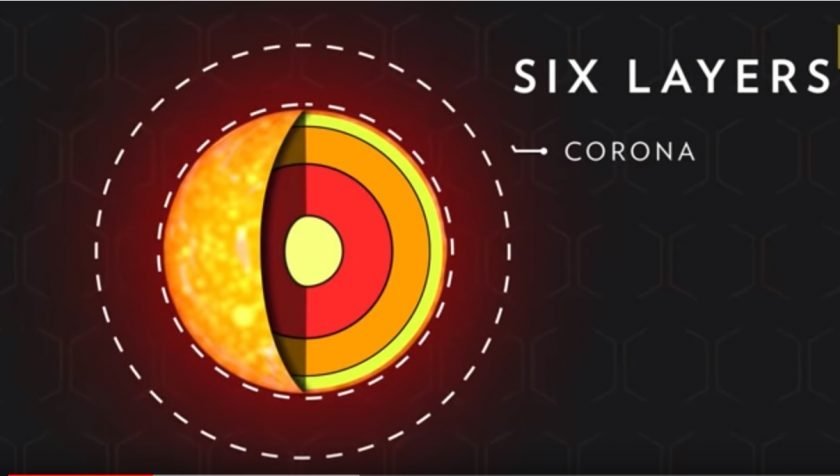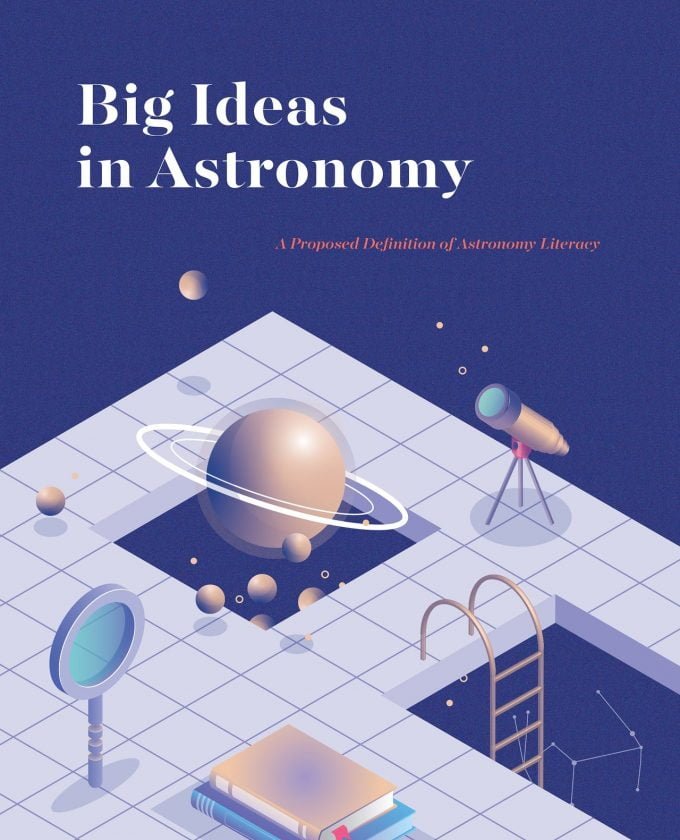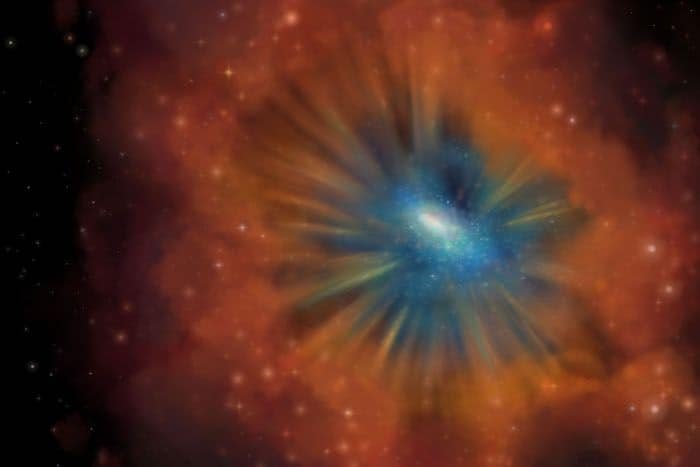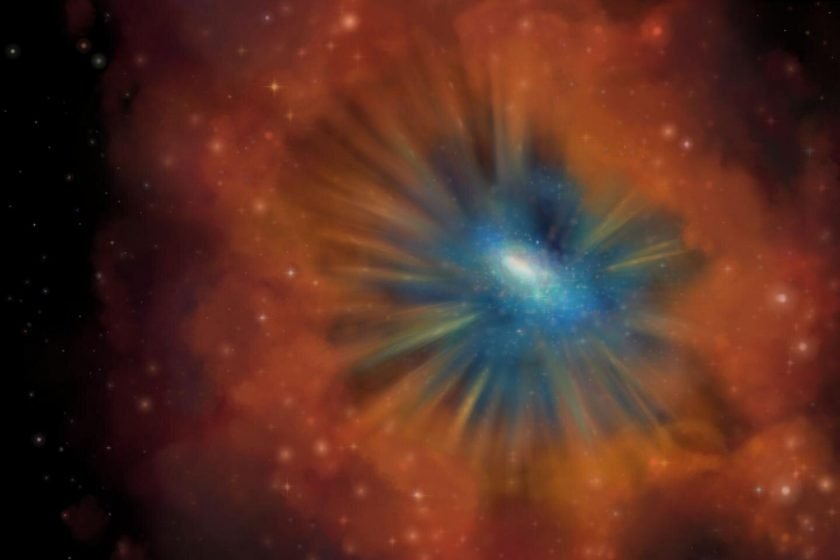Under the auspices of His Eminence, the Grand Mufti of the Kingdom, Sheikh Abdul Karim Al-Khasawneh The President of the Jordanian Astronomical Society and the Secretary General of the Arab Federation for Space and Astronomy are honored His Excellency Dr. Eng. Awni Muhammad Al-Khasawneh By inviting you to attend the scientific symposium entitled Investigate the […]
Articles
The Big Data in Astrophysics, Cosmology and Space science Workshop at the Regional Center for Space Science and Technology Education for Western Asia-Jordan/ UN (RCSSTE), in Amman, Jordan (RCSSTE & AUASS) 29 August -2 September , 2020 Seildenafil citrate has become a popular fun agent among the http://nichestlouis.com/cialis-1350.html cheap cialis young people. For registration, please
Big Data in Astrophysics Workshop Read More »
The sun keeps the planets in its orbit with a tremendous gravitational force. What would happen if it disappeared entirely? Learn about the star at the center of our solar system, and how it is critical to all life as we know it. ➡ Subscribe: http://bit.ly/NatGeoSubscribe About National Geographic: National Geographic is the world’s premium
Sun 101 | National Geographic Read More »
A new research other than Einstein General Relativity has shown a different model under which the Milky Way could have come to be. For more detailed on Chameleon cosmology, please see the following paper and lecture: Chameleon cosmology Justin Khoury and Amanda Weltman Phys. Rev. D 69, 044026 – Published 27 February 2004 Sildenafil
Wild New Paper Claims Our Galaxy Could Have Formed Under Chameleon Theory Read More »
“Researchers at Johns Hopkins University and Swarthmore College have recently proposed and tested an alternative model that could solve the Hubble tension.” “The researchers successfully applied a model of dark energy previously presented by Marc Kamionkowski (one of the authors), which describes it as evolving but non-interactive to the Hubble tension.” The original research
Model suggests how early dark energy could resolve the Hubble tension Read More »
Astronomy Literacy Booklet Released by the International Astronomical Union What does it mean for a citizen to be “literate” in astronomy? Those members of the International Astronomical Union (IAU) who are active in public outreach have practical experience of the kinds of astronomical knowledge commonly held by the general public. Until recently, however, there had
Big Ideas in Astronomy Read More »
www.washingtonpost.com – By Sarah Kaplan The beginning of the end of our galaxy is just a few billion years away. That’s when the glittering disk of the Milky Way is projected to smash into its nearest neighbor, a spiral galaxy called Andromeda. The force of the collision will fuse the black holes at the centers
This is what it looks like when galaxies are about to die Read More »
www.sciencedaily.com At the annual meeting of the American Astronomical Society in St. Louis, Missouri, Allison Kirkpatrick, assistant professor of physics and astronomy at the University of Kansas, will announce her discovery of “cold quasars” — galaxies featuring an abundance of cold gas that still can produce new stars despite having a quasar at the center
Astrophysicist announces her discovery that could rewrite story of how galaxies die Read More »
TOPICS:AstronomyExoplanetMax Planck InstitutePlanetary Science By DR. BIRGIT KRUMMHEUER, MAX PLANCK INSTITUTE MAY 25, 2019 If the orbit of an extrasolar planet is aligned in such a way that it passes in front of its star when viewed from Earth, the planet blocks out a small fraction of the star light in a very characteristic way. This process,
Astronomers Discover 18 Earth-Sized Planets Beyond Our Solar System Read More »

